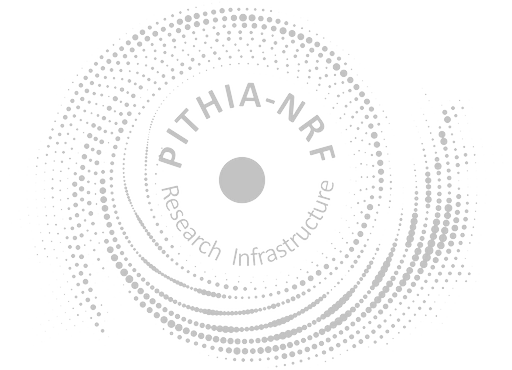<?xml version="1.0" encoding="UTF-8"?>
<Instrument xmlns="https://metadata.pithia.eu/schemas/2.2" xmlns:xlink="http://www.w3.org/1999/xlink" xmlns:xsi="http://www.w3.org/2001/XMLSchema-instance" xsi:schemaLocation="https://metadata.pithia.eu/schemas/2.2 https://metadata.pithia.eu/schemas/2.2/pithia.xsd">
<identifier>
<PITHIA_Identifier>
<localID>Instrument_Ionosonde_AIS-INGV</localID>
<namespace>ingv</namespace>
<version>1</version>
<creationDate>2022-09-19T10:00:00Z</creationDate>
<lastModificationDate>2025-03-12T08:58:00Z</lastModificationDate>
</PITHIA_Identifier>
</identifier>
<name>Ionosonde: Advanced Ionospheric Sounder (AIS-INGV)</name>
<description>AIS-INGV is an HF band radar designed and built at the Istituto Nazionale di Geofisica e Vulcanologia to study and monitor ionospheric dynamics through vertical ionospheric probing. AIS-INGV responds to the need to have a simple and efficient tool to investigate the Earth's ionosphere. It was designed using the most advanced radar techniques, with the result of reducing RF power, weight and dimensions while maintaining a highly reliable measurement capability even in a noisy environment. The instrument is completed by the Autoscala software which analyzes the ionogram deriving the main ionospheric characteristics along with the density profile and TEC.</description>
<type xlink:href="https://metadata.pithia.eu/ontology/2.2/instrumentType/VerticalSounder"/>
<operationalMode>
<InstrumentOperationalMode>
<id>ionogram</id>
<name>Scanning Ionogram</name>
<description>The system steps through frequencies according to the selected program, transmitting, receiving and integrating (by using complex FFT and coherent integration) a stream of N pulses, where N is decided according to the environmental noise level. As each coherent integration of pulse streams is completed, the raw output (i.e. 3 color coded amplitudes representing echoes at 150 heights) is added to the display of the developing ionogram.
After all frequency steps have been completed the raw ionogram is written out to a disk file and the automatic scaling program AUTOSCALA is invoked which creates a file of automatically scaled parameters as well as electron density profile.
</description>
</InstrumentOperationalMode>
</operationalMode>
</Instrument>

